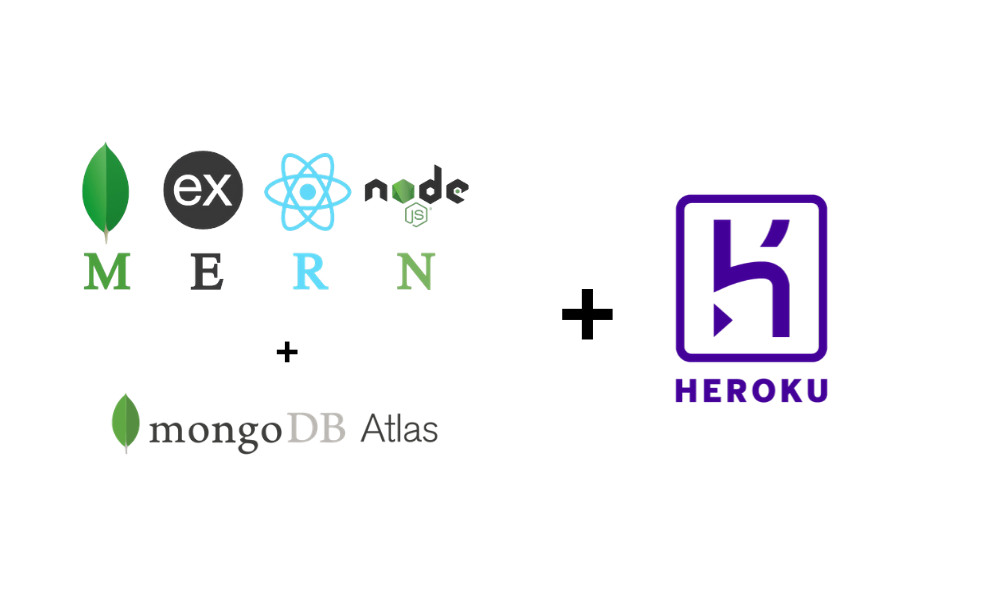
- #Using react router with heroku how to#
- #Using react router with heroku update#
- #Using react router with heroku free#
#Using react router with heroku update#
To work from another version, you will have to update the Gemfile, but please make sure your version of Ruby is compatible with Heroku first, if you plan to deploy there. The app assumes you are working from Ruby version 2.5.3. I found particularly helpful advice and guidance at these sites: The instructions below are intended to be checks that you can run to make sure everything is working properly before you flush out your app. Hope this it saves you some time if you are looking for a React/Rails playground for kicking around ideas. In other words, this is a barebones working app with a “test” React component, Redux state, Router, Rails controller, and Rails model – all of which are there simply to show that everything is all hooked up and working together. The intention is to use clones of this as a launching pad for future React apps. This is a baseline I set up for a React app with a Redux state, React Router, and a Rails API, intended for deployment to Heroku. A copy of the README is below in case you’d like to get a preview of what’s involved. I re-tested the instructions yesterday with a clone of the baseline app, and everything went fine, including deploying the baseline app to Heroku.
#Using react router with heroku how to#
The instructions for getting the app up and running are in the repository’s README, and they describe how to use the test components or the browser console to check that the Rails API, Redux, etc., are all working together.
#Using react router with heroku free#
Please feel free to clone the repository and play around. So here it is: a baseline React app with the fixin’s built in. is a great learning experience, of course, but sometimes it is useful to have a springboard already there to dive in quickly.


Connecting a React App to a Rails API, Redux state, etc. That way, when someone wanted to play around with React, she or he could clone the app and get building fast. This baseline app would have the “fixin’s” already built in (like a Rails API, Redux state, and React Router) and would have the foundation necessary for deployment to Heroku, so basic Heroku troubleshooting could be avoided. I’ve also been thinking how it would be nice to have a clone-able, baseline app for future React projects. Since building Browseum and deploying it to Heroku, I’ve been wanting to play with React more. React is a open-source, component-based JavaScript UI library that's used for building frontend applications.įor more, review the Getting Started guide from the official docs.A quick post here. It handles both synchronous and asynchronous operations and has built-in support for data validation, authentication, and interactive API documentation powered by OpenAPI.įor more on FastAPI, review the following resources: Connect a React application to a FastAPI backendįastAPI is a Python web framework designed for building fast and efficient backend APIs.Create and render React components in the browser.Manage state operations with React Context API and Hooks.Scaffold a React project with Create React App.Develop a RESTful API with Python and FastAPI.

By the end of this tutorial, you will be able to:


 0 kommentar(er)
0 kommentar(er)
